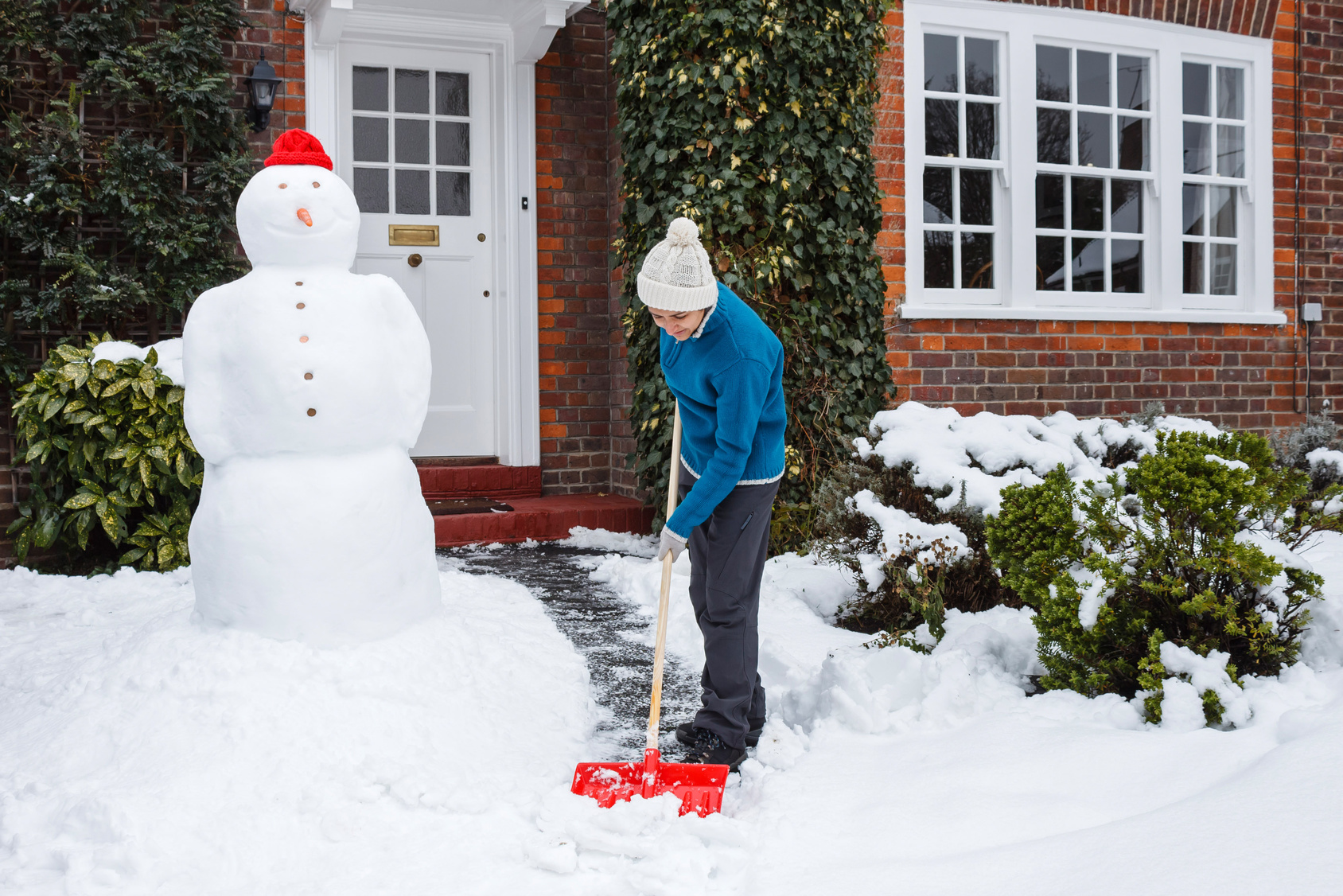The growing season is over, and it’s time to plan for freezing winter temperatures. Hopefully you’ve already brought any delicate potted plants indoors, and there’s salt and a snow shovel near at hand. There are also some measures that you’ll want to take in your yard to protect from the howling wind, snow, and sub-zero temperatures.
- Prepare your sprinklers for winter. Turn off any outer spigots, drain the pipes, and put covers on outer faucets. This will keep the cold from backing up into your plumbing system and freezing pipes, which can lead to major damage for your whole house. Faucet covers are only a few dollars at any hardware store.
- Keep mowing. Your lawn will stop growing as the temperatures drop, but make sure that you keep mowing until it actually does stop, in order to make spring cleaning easier. Fertilize before the first frost so that all of the underground growing and preparing for spring that your lawn does is properly nourished. Consider aerating your soil in order to make room for expanding soil, prevent piling and lumps in your yard, and to encourage new growth in the spring.
- If you have young trees, protect the trunk from foraging animals with a little wire screen around the trunk. In late winter, small animals become more desperate for food sources, and young trees may not have the wherewithal to take a few hits. Remember to remove the screen in the spring, because you don’t want the tree to start growing around it.
- If you have any heavy or loose boughs on trees around your house, consider getting them pruned right now. Spring and winter storms can cause accidents, and heavy snow will add to the weight while the tree is at its most brittle and fragile. It’s much better to have a controlled removal of the branch so that it doesn’t do any major damage to your property or harm the tree more than it has to.
- Speaking of snowfall, remember to keep an eye on your smaller trees, especially fruit trees. During a big snow, you’ll want to shake the branches every now and then to prevent breakage.
- Sun scald can greatly affect trees during winter months. The sun can reflect off of snow and create a lot of heat. The tree reacts by thawing, and circulation is stimulated. Then, if the sun is blocked by a cloud, or the night comes on and the temperature plummets, your tree is left vulnerable and exposed. Trees can become greatly dried out, since this cambial growth will take away the tree’s water resources, but freezing temperatures prevent the roots from taking in more water from the ground. Prevent problems for your younger trees (especially broad-leafed evergreens like holly or oaks) by wrapping their bark or putting up a burlap shield to protect them from the worst of the sun and wind.

